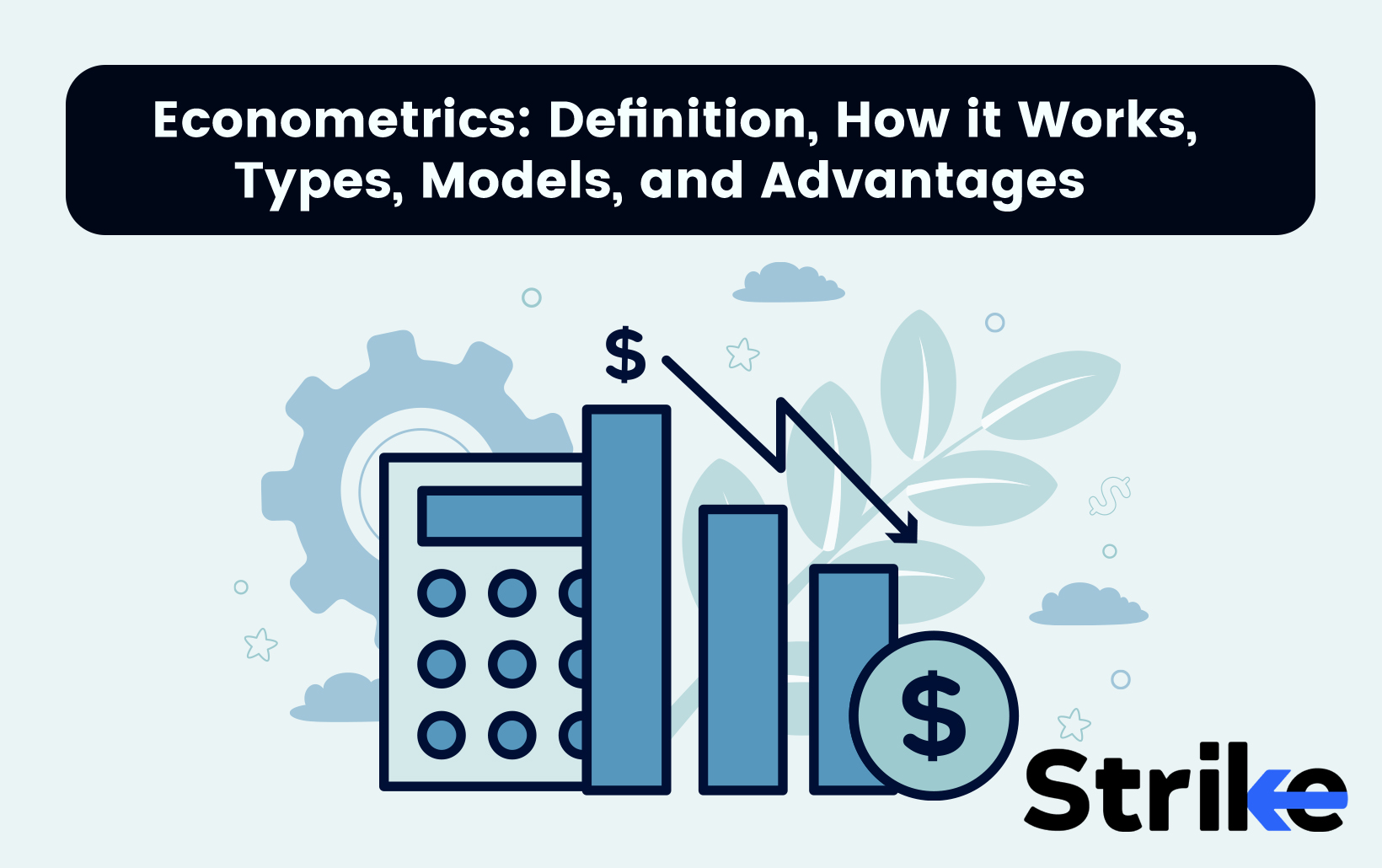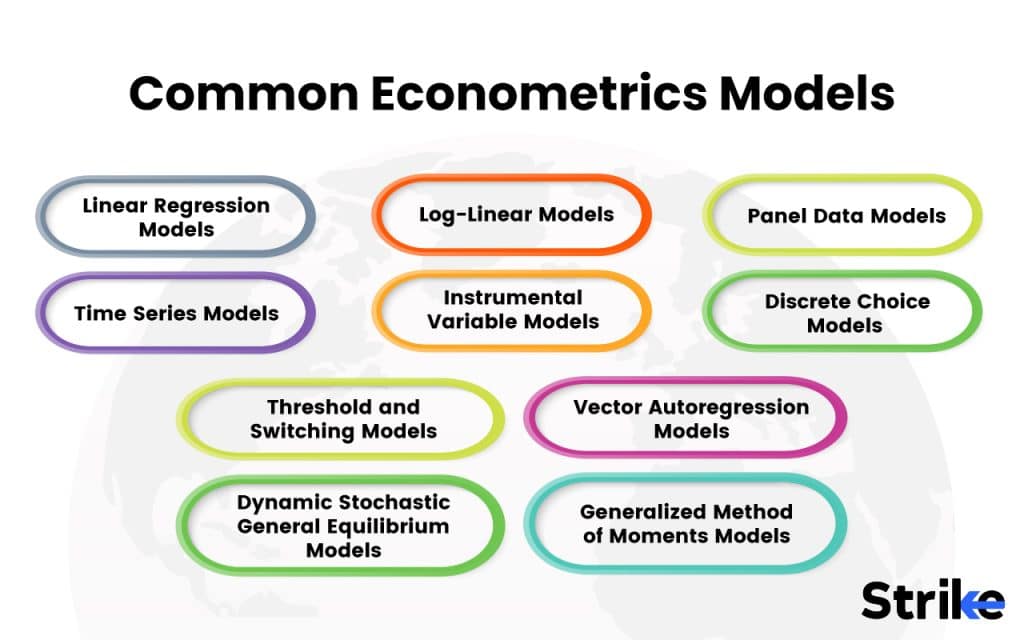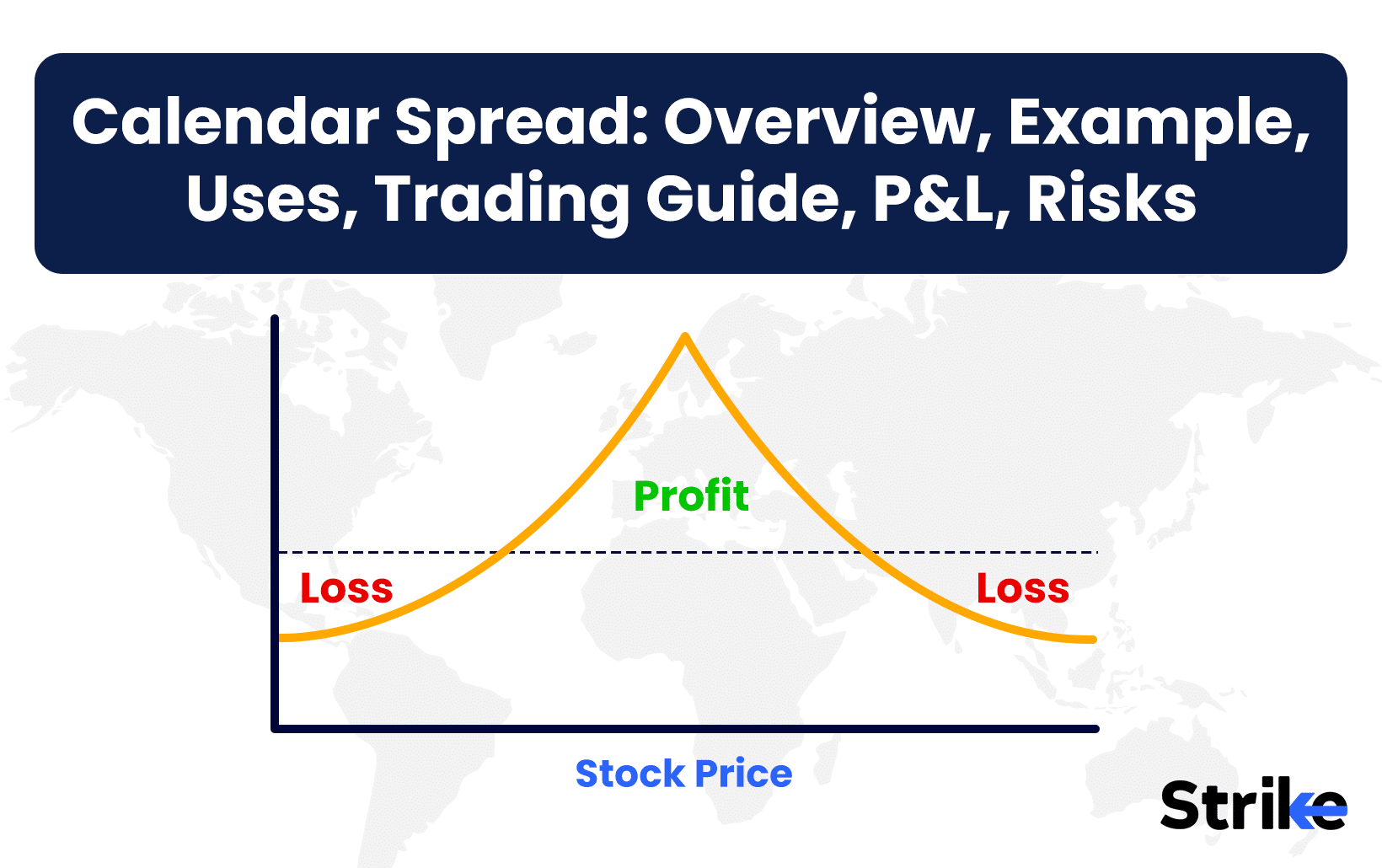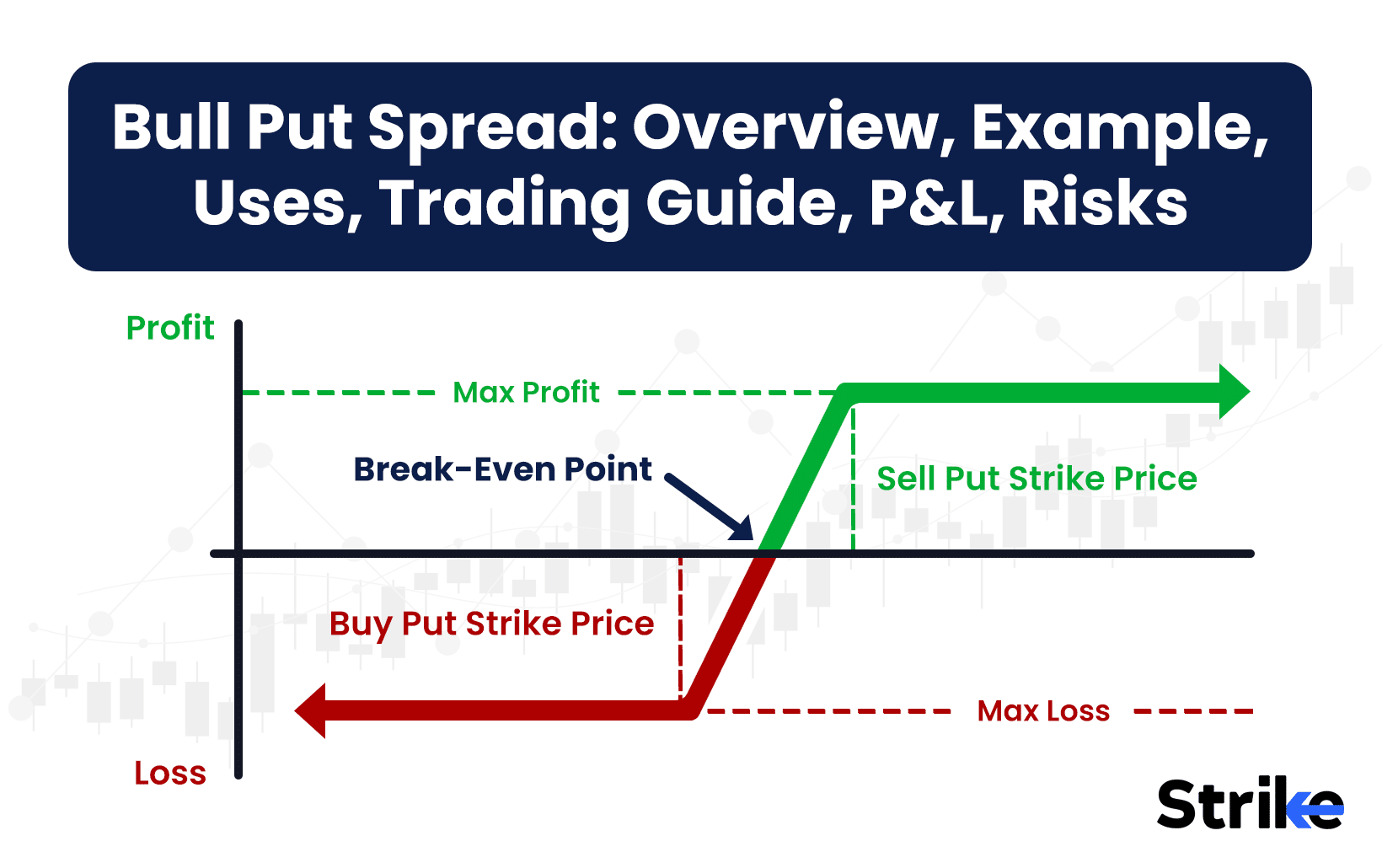Econometrics: Definition, How it Works, Types, Models, and Advantages

Econometrics is the application of statistical methods to economic data in order to give empirical evidence for economic theories and make predictions. Econometrics allows economists to test hypotheses and estimate causal relationships between economic variables.
Econometrics works by developing statistical models using economic theory and data. The models specify the mathematical relationship between different economic variables, with some variables explained by others. Regression analysis is commonly used to estimate the parameters of the models. Once the models have been estimated, they can be used to test economic theories about how different economic variables are related and to forecast future values of the variables.
Econometric models employ statistical methods to quantify economic theories, enabling economists to test hypotheses and forecast future trends. These models are broadly categorized into types, each designed to handle specific kinds of data and relationships.
Linear regression models are commonly used in econometrics to estimate the linear relationships between variables. These are statistical models that predict the value of a dependent variable based on one or more independent variables. A simple linear regression model involves one explanatory variable, while multiple linear regression models involve more than one. These models are particularly effective when relationships between variables can be approximated to a straight line.
What is Econometrics?
Econometrics is the application of statistical methods and mathematical models to analyze economic data and problems. Econometrics’s goal is to give empirical evidence for economic theories and phenomena, quantify economic relationships, and make predictions. Econometrics combines economic theory, mathematics, and statistics to analyze economic issues in a rigorous and empirical way.
Who invented Econometrics?
Ragnar Frisch and Jan Tinbergen are considered to have invented the modern version of econometrics. Econometrics as a systematic approach is generally recognized as originating in the early 20th century. Econometrics was pioneered through the work of several prominent economists whose contributions laid the foundation of the field. The term “econometrics” itself was first coined by Polish economist Paweł Ciompa in 1910 in his book titled “Theoretical and Applied Economics”. However, the methods and principles of econometrics as a discipline largely developed in the 1920s and 1930s.
How does Econometrics work?
Econometrics works by developing statistical models to estimate quantitative economic relationships from data. It combines economic theory, mathematics, and statistical inference to analyze empirical economic questions in a structured way. Specifying an economic model based on theoretical hypotheses is important. This model establishes the mathematical relationship between different economic variables, like how consumer spending depends on income. Models are written as equations with certain variables as explanatory factors that influence or ’cause’ changes in an outcome variable. The appropriate variables to include and the functional form of the model (linear, logarithmic, etc.) are chosen based on economic reasoning.
Does Econometrics work with Graphs and Charts?
Yes. Econometrics does work with graphs and charts, including chart patterns, but they serve a supplementary role to the statistical models and data that are at the core of econometric analysis. While the primary focus is on quantitative data and statistical models, the incorporation of chart patterns can provide a visual representation of data trends and correlations.
These chart patterns, used effectively, can complement the deeper insights gained from statistical analysis, making the interpretation of econometric data more accessible and intuitive.
What is the goal of Econometrics?
The primary goal of econometrics is to give empirical evidence for economic theories and effects using statistical analysis of economic data. It seeks to quantify economic relationships and test hypotheses through modeling, estimation, and inference. Beyond testing theory, econometrics also aims to forecast economic variables and simulate the effects of policy changes. The overarching purpose is to obtain quantitative insights into economic questions by developing rigorous statistical models guided by economic reasoning.
A core focus of econometrics is determining causality between economic variables. By estimating models that isolate the impact of explanatory factors on an outcome, econometrics establish causal relationships and measure their magnitude. This is valuable for testing hypotheses about how variables interact and influence each other based on economic reasoning. Econometrics moves beyond just describing correlations to identify true causal effects.
How important are Econometrics in Technical Analysis?
Econometrics have limited uses in technical analysis. This is because technical analysis relies on direct examination of price history rather than quantifying relationships between variables. It looks mainly at the past sequence of prices and volumes rather than the explanatory factors driving prices. This distinguishes it from fundamental analysis, which focuses more on economic variables affecting value.
The second is that assumptions required for valid econometric inferences are usually not met in financial market data. Prices do not follow stable predictive relationships over time. Extreme volatility, gaps, fat tails, nonlinearity, and qualitative factors make classical econometric models inadequate for capturing price dynamics.
What are the different Types of Econometrics?
There are two main types of econometrics. Applied econometrics involves using econometric methods to analyze empirical questions and data. Theoretical econometrics focuses on developing new econometric theories, methodologies, and models.
1.Applied Econometrics
Applied econometrics refers to the use of econometric methods to empirically analyze real-world economic issues and data. Applied econometrics involves applying modeling techniques like regression to quantify relationships for analysis, forecasting, and informing decisions. The goal of applied econometrics is to provide empirical evidence for economic theories that guide policymaking, business strategy, and financial analysis. It puts econometric tools into practice for specific economic questions rather than focusing just on methodology.
2. Theoretical Econometrics
Theoretical econometrics refers to developing the conceptual frameworks, models, and statistical techniques that underlie econometric methodology. Theoretical econometrics focuses on advancing econometric theory through rigorous research rather than applying models to data.
The aim of theoretical econometrics is to improve econometric models and address limitations in existing methods. This provides a stronger technical foundation for applied econometric analysis. Theoretical econometricians derive new estimators, test assumptions, develop identification strategies, and propose estimation techniques.
What are the common Econometrics Models?
Econometrics uses statistical models to estimate relationships between economic variables. The choice of model depends on the specifics of the analysis, such as the structure of the data, the economic relationship being examined, and the estimation goals. Here are the five most widely used econometric models.

1. Linear Regression Models
Linear regression is the most basic and commonly used econometric method. It uses ordinary least squares to estimate the linear relationship between an outcome variable and one or more explanatory variables. Simple linear regression contains one explanatory variable, while multiple linear regression includes two or more. Assumptions include linear parameters, normally distributed errors, and no autocorrelation. Linear models are simple and provide a good starting point for many analyses.
2. Log-Linear Models
Log-linear regression models apply a logarithmic transformation to the dependent and/or independent variables. This allows for the estimation of elasticities and accommodates nonlinear relationships between the variables. Log models are commonly used with cross-sectional data in fields like labor, trade, and finance to estimate percentage changes.
3. Panel Data Models
Panel data contains observations over time on cross-sectional units like firms, households, or countries. Panel data expands on cross-sectional or time-series analysis. Panel models include fixed effects estimation, which controls for unobserved heterogeneity across units, and random effects, which assumes this heterogeneity is random. Panel data allows for studying dynamic relationships between variables.
4. Time Series Models
Time series econometrics deals with data observed over time. Models aim to capture lags, trends, cycles, and other temporal properties. Autoregressive (AR) models relate the current value to past values. Moving average (MA) models incorporate past forecast errors. Autoregressive integrated moving average (ARIMA) combines both. Time series analysis is crucial for forecasting.
5. Instrumental Variable Models
Instrumental variables (IV) help estimate causal relationships when explanatory variables are endogenous, meaning correlated with the error term. Valid instruments are variables uncorrelated with the error but correlated with the explanatory variables. Two-stage least squares and other IV methods adjust for endogeneity using instruments to obtain consistent estimates.
These represent some of the most widely used econometric models across applied fields. Continued theoretical advances expand the econometric toolkit available to applied economists. However, models like linear regression remain foundational for econometric analysis due to their simplicity and robustness for many empirical questions.
What are the advantages of Econometrics?
Below are 5 key advantages of econometrics, including its ability to test economic theories.
1. Tests Economic Theories
Econometrics allows empirically testing economic theories using real-world data. It provides evidence for or against hypothetical relationships suggested by theory through modeling and statistical analysis. This moves economics away from rhetoric towards measurable facts.
2. Establishes Causal Relationships
Well-designed econometric studies can establish causal relationships between variables, not just correlations. This is valuable for quantifying how policies or events affect economic outcomes. Causality guides decisions and policy in a rigorous manner.
3. Forecasting Capabilities
Econometric models estimated on historical data can forecast future values of economic variables. This helps businesses and policymakers plan for the road ahead. Econometrics improves prediction versus pure guesswork.
4. Simulates Counterfactuals
Econometrics can estimate the potential impact of hypothetical scenarios like policy changes through simulations. This provides an ex-ante analysis of proposed programs and regulations.
5. Guides Decision Making
By quantifying the economic effects of different factors, econometrics provides an empirical basis for making business and policy decisions. It enables weighing the pros and cons of choices grounded in data.
Econometrics provides a structured quantitative approach to empirical economics. Its advantages include testing theories, establishing causality, forecasting, guiding decisions, revealing new insights, wide applicability, leveraging big data, sophisticated modeling, software implementation, credibility, and a dynamic advancing field. Econometrics makes economics more of an empirical science.
What are the limitations of Econometrics?
Below are 3 main limitations or critiques of econometrics, including questionable assumptions.
1. Questionable Assumptions
Econometric models make simplifying assumptions like linear relationships, normally distributed errors, random sampling, and no measurement errors. Real-world data often violates these assumptions, putting model reliability into question.
2. Omitted Variable Bias
Models cannot include every relevant variable. Omitting key causal factors can bias estimates and lead to incorrect inferences. There may be important unknown omitted variables.
3. Endogeneity
Explanatory variables are often correlated with the error term, making them endogenous. This can bias coefficient estimates and make causal inference unreliable. Resolving endogeneity is challenging.
Econometrics’s limitations warrant careful interpretation of results. Findings may be contingent, historically specific, and not fully capture the complexity of economic phenomena. Econometrics is most effective when paired with economic intuition and theory. Continued methodological advances could help address some of the criticisms.
What are the primary uses of econometrics?
One of the main uses of econometrics is to test hypothetical economic relationships suggested by theory. By quantifying the relationship between variables and assessing statistical significance, econometrics provides empirical evidence for or against theoretical propositions.
Econometrics tests hypotheses by first specifying a model of the theoretical relationship, such as
Consumption = f(Income, Wealth)
Data is collected on the relevant variables, and regression analysis estimates the coefficients. Statistically significant coefficients would provide evidence supporting the hypothesized relationships.
Control variables are added to the model to isolate the effect of the variables of interest. Testing also involves analyzing the direction and size of effects, dynamics like lag structures, structural breaks, and causal mechanisms.
A major application of econometrics is using modeled historical relationships to forecast future values of economic variables. These predictions help businesses and policymakers plan for the road ahead.
Econometric models aim to quantify the key drivers and relationships that determine economic variables over time. For example, consumption may depend on disposable income, wealth, interest rates, and consumer confidence. Projecting these factors forecast consumption.
Many macroeconomic phenomena like GDP, inflation, and unemployment are recurrent. Econometric models like time-series autoregressions, vector autoregressions, and error correction models aim to capture these dynamics mathematically. This makes econometrics invaluable for economic planning and projections.
Econometrics is often used to estimate the potential impact of proposed policies, programs, or external events through ex-ante simulations. By altering the inputs of an estimated model, analysts can predict the effects a change would cause if implemented.
How is Econometrics used in trading?
One of the most common uses of econometrics in trading is to build forecasting models. These models aim to predict the future values of financial variables like prices, returns, volatility, and trading volume. For example, a basic econometric model may relate a stock’s returns to factors like market returns, interest rates, earnings, and other fundamentals. By quantifying these relationships statistically, the model then forecasts the stock’s expected return. More complex multivariate models are used by quantitative hedge funds and algorithmic traders to generate trading signals. The availability of vast datasets, from tick-by-tick prices to alternative data, along with advances in machine learning, are enhancing the capabilities of these predictive models.
Econometric methods are critical for risk management in trading strategies. Techniques like value-at-risk models and volatility forecasting quantify downside risk. Correlation analysis determines how assets move together, which is important for portfolio construction. Stress testing with econometric models evaluates how strategies perform under extreme, hypothetical scenarios. These risk management applications allow traders to size positions appropriately and manage their overall risk exposure.
How Effective Econometrics in Trading?
Econometrics is highly effective in improving trading outcomes when applied properly. The main goal of econometrics is to quantify relationships between financial variables, with the aim of generating trading signals or making predictions. When based on sound statistical techniques and sufficient data, econometric models uncover valuable insights that are not detectable using traditional analysis.
How is Econometrics Used in Businesses?
Econometrics helps businesses determine optimal pricing strategies by analyzing the relationship between price, demand, and other relevant factors. By estimating price elasticity of demand, businesses can identify the impact of price changes on sales volume and revenue. Econometric models can also account for factors such as consumer income, competitor pricing, and market conditions to determine the optimal price point that maximizes profitability. This approach allows businesses to set prices that are attractive to customers while still generating desired levels of revenue and profit.
How is Econometrics used in real life?
Econometrics has practical applications that impact daily life. Companies apply econometric analysis to sales and operational data to generate forecasts that drive planning and budgeting. Multivariate regression models predict consumer demand based on economic factors like income, unemployment, competitor actions, prices, and past sales. More sophisticated models like machine learning algorithms uncover patterns in big data that human analysts cannot easily detect. Accurate econometric forecasts help businesses manage inventory, hiring, investment, and other key decisions.
Pricing models based on econometric analysis help companies appropriately price their products and services. By quantifying the price elasticity of demand, managers determine optimal pricing to maximize revenues and profits. Econometric techniques like conjoint analysis are used to determine how consumers value specific product attributes. Airlines, hotels, retailers, and other industries rely heavily on econometrically-driven pricing models to compete effectively.
Econometrics guides companies in deciding which new products to develop and launch. Consumer preference analysis with techniques like discrete choice modeling predicts demand for potential new offerings. This reduces the risks and costs associated with new product launches by focusing efforts only on the most promising opportunities uncovered through rigorous econometric analysis.
What is the difference between Econometrics and Statistics?
Statistics involves using mathematical methods to analyze data and uncover patterns. It encompasses techniques like regression analysis, hypothesis testing, sampling, and data visualization. Statistics aims to derive insights from datasets of any topic. Econometrics focuses specifically on applying statistical methods to economic data to quantify economic and financial relationships. It combines economic theory with statistics to test hypotheses and forecast future trends. Below are the differences.









 Previous Article
Previous Article






No Comments Yet